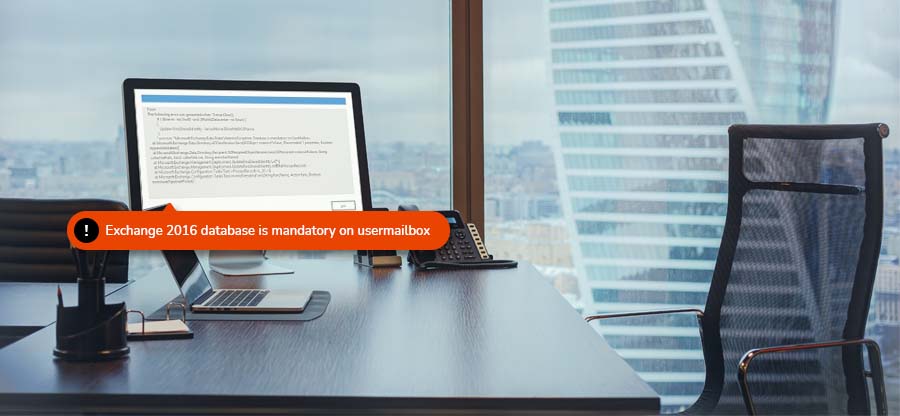Read time 2 minutes
Remote domains are used by Exchange Online organizations to control mail flow to external recipients. Some information about message senders are not necessary to be shared with all the external recipients but are to be shared within the organization or with some specific external domains only. Using remote domains, organizations can meet these goals.
Exchange Online provides Remote Domain feature for defining the settings which allows sharing user-related information with certain recipients only. For example, administrators can control aspects like Out of Office messages, automatic forwarding, message format, etc.
What do you mean by remote domains?
Remote domains are the SMTP domains external to the Exchange organization. They help to control various aspects of the message while sending emails to recipients outside the organization.
Exchange Online administrators can set remote domain settings to manage the Exchange Online message transfers between the organization and specific external recipients.
The features and functions which can be controlled by Remote Domains are automatic replies, auto-forwarding of messages, delivery reports, forwarding meeting notifications, line wrap length, treat mail to/from the domain as trusted, use a simple display name for recipients in the domain name and diagnostic information for non-delivery reports.
Steps to set up remote domains for regulating Exchange mail flow
Let us go through the complete process for setting the remote domain:
- Go To Exchange Online Admin Center, click More option and under Admin Center, choose Exchange option. Go to Mail flow > Remote Domains.
- Now, add a remote domain by clicking on the + (add) icon. Type a display name.
- Users can select options as per their needs to set the communication criteria. The options for settings mail-flow are:
- Settings for Out of Office automatic reply type – (Allow None, External or Internal)
- Automatic replies – (Allow automatic replies or Allow automatic forwarding)
- Message reporting – (Allow delivery reports, non-delivery reports or meeting forward notifications)
- Use rich-text format – (Always, Never or Follow user settings)
- Supported Character Set – (MIME Character Set or Non-MIME Character Set)
- Finally, click Save.
Hence, you have seen that setting Remote domains for mail flow regulation is an easy task with the Exchange Admin Center in Exchange Online account.
Conclusion
Readers get to learn the importance of the Remote domain feature in Exchange Online to manage the communication between the organization and external recipients. The mail-flow management helps in avoiding leakage of crucial information outside the organization and also in avoiding the extra load of unrequired messages.
Also if you are having corruption issues with Microsoft Exchange Server database files, you can refer to Kernel for Exchange Server tool which can effectively repair corrupt Exchange database files and recover mailboxes in few clicks.







